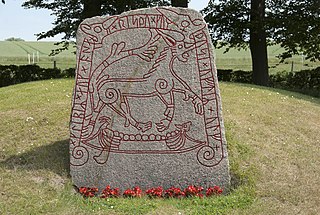 W
WA nail is a claw-like plate at the tip of the fingers and toes in most primates. Nails correspond to claws found in other animals. Fingernails and toenails are made of a tough protective protein called alpha-keratin, which is a polymer. Alpha-keratin is found in the hooves, claws and horns of vertebrates.
 W
WA grooming claw is the specialized claw or nail on the foot of certain primates, used for personal grooming. All prosimians have a grooming claw, but the digit that is specialized in this manner varies. Tarsiers have a grooming claw on second and third toes. In the suborder Strepsirrhini, which includes lemurs, galagos and lorises, the grooming claw is on the second toe. Less commonly known, a grooming claw is also found on the second pedal digit of night monkeys (Aotus), titis (Callicebus), and possibly other New World monkeys.
 W
WHabit-tic deformity is a condition of the nail caused by external trauma to the nail matrix. The condition is characterized by ridges which run horizontally across the entire nail, most often occurring on the thumbs, as well as marked damage to or absence of cuticles.
 W
WA hangnail is a tiny, torn piece of skin, more specifically eponychium or paronychium, next to a fingernail or toenail. Hangnails are typically caused by having dry skin, or by trauma to the fingers, such as paper cuts or nail biting.
 W
WIn Norse mythology, Naglfar or Naglfari is a boat made entirely from the fingernails and toenails of the dead. During the events of Ragnarök, Naglfar is foretold to sail to Vígríðr, ferrying hordes of monsters that will do battle with the gods. Naglfar is attested in the Poetic Edda, compiled in the 13th century from earlier traditional sources, and the Prose Edda, also composed in the 13th century. The boat itself has been connected by scholars with a larger pattern of ritual hair and nail disposal among Indo-Europeans, stemming from Proto-Indo-European custom, and it may be depicted on the Tullstorp Runestone in Scania, Sweden.
 W
WNail biting, also known as onychophagy or onychophagia, is an oral compulsive habit of biting one's fingernails. It is sometimes described as a parafunctional activity, the common use of the mouth for an activity other than speaking, eating, or drinking.
 W
WParonychia is an inflammation of the skin around the nail, which can occur suddenly, when it is usually due to the bacterium Staphylococcus aureus, or gradually when it is commonly caused by the fungus Candida albicans. The term is from Greek: παρωνυχία from para, "around", onyx, "nail" and the abstract noun suffix -ia.